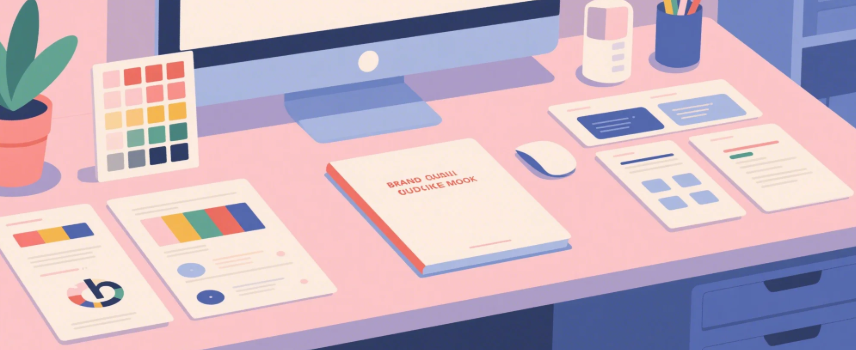If your brand were silent — would people still recognize it?
That’s what a consistent visual language does: it speaks without saying a word.
A visual language is more than just logos and colors. It’s a set of design elements that stay cohesive across all touchpoints: your website, social media, ads, packaging, presentations, and more.
Here’s how to build one that sticks:
-
Define Your Core Brand Elements
These include:
-
Logo (variations & usage rules)
-
Color palette (primary, secondary, neutrals)
-
Typography (headlines, body, accents)
-
Iconography style
-
Photo/illustration tone
Tip: Don’t choose based on trend — choose based on what fits your brand personality.
-
Create a Visual Hierarchy
Structure your layouts to guide the viewer’s eye. Use scale, contrast, and alignment to signal what’s important.
Consistency in layout = professionalism in perception.
-
Use a Grid System
Designs look “clean” because they follow invisible order. Grids help your visuals feel structured even when the content changes. -
Repeat Key Elements
Use recurring visual motifs: same button styles, same image filters, same spacing rules. This creates a rhythm your audience begins to recognize. -
Document It All
Build a design system or style guide. This ensures anyone on your team (or future freelancers) can follow your rules — not reinvent them.
🎯 Why It Matters
Consistent visuals do three things:
-
Build trust: You look reliable and intentional
-
Strengthen recognition: People know it’s you instantly
-
Save time: Clear rules reduce design guesswork
At MILOQU, we design visual systems that scale with your business — not just make it look “nice.”
Need help turning your brand into a recognizable, unified experience?
Let’s build your visual language → miloqu.com
